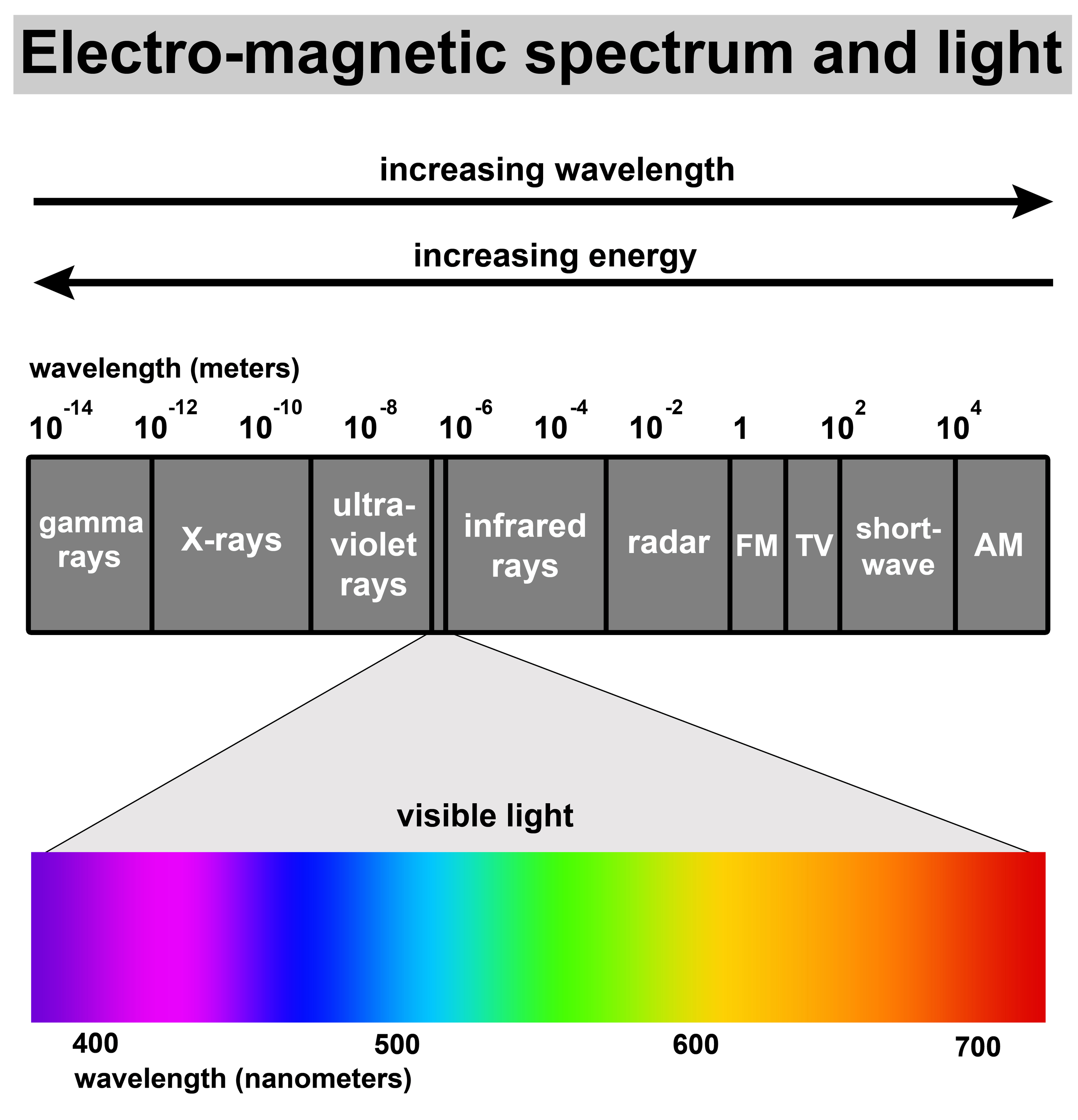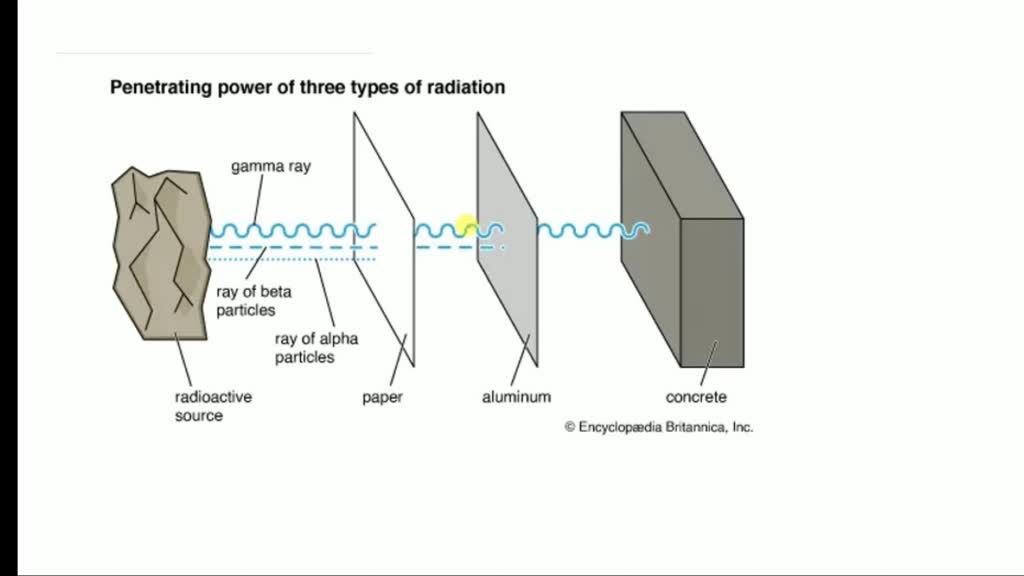Ever found yourself scratching your head over rankings in games, movies, or even science class? It’s easy to get confused, especially when terms like “Gamma Ray” pop up. Is it the bottom of the barrel, the top of the heap, or something else entirely?
Gamma Rays in Astrophysics: Energy, Not Rank
Let’s start with the real-world context: astrophysics. Here, “rank” isn’t really a thing. Instead, we talk about energy. So, what are Gamma Rays anyway? Imagine the electromagnetic spectrum as a massive highway of energy, ranging from the low hum of radio waves to the supercharged zip of gamma rays. Gamma rays are at the very high-energy end of this spectrum. They’re a form of electromagnetic radiation, just like visible light, but with incredibly high frequency and short wavelengths. Think of them as the Usain Bolts of the electromagnetic world.

The Electromagnetic Spectrum: A Cosmic Rainbow of Energy
To understand Gamma Rays, it’s helpful to visualize the entire electromagnetic spectrum. It’s like a rainbow, but instead of colors, we have different types of radiation, all traveling at the speed of light. At one end, you have radio waves, which are long and leisurely. Then come microwaves, infrared radiation, visible light (the part we can see!), ultraviolet radiation, X-rays, and finally, Gamma Rays. As you move along the spectrum from radio waves to Gamma Rays, the energy and frequency increase, while the wavelength decreases. It’s a fascinating concept, and Gamma Rays are at the most energetic extreme.
Gamma Rays and Energy: The High-Energy Champions
Gamma rays are produced by some of the most energetic events in the universe, such as supernovae (exploding stars), active galactic nuclei (supermassive black holes feasting on matter), and even some cosmic ray interactions. These events unleash tremendous amounts of energy, which manifest as Gamma Rays. So, far from being the “lowest rank,” Gamma Rays are associated with the highest energy phenomena we know of! They’re like the VIPs of the cosmic energy party.
Gamma Ray Sources: Cosmic Powerhouses
These high-energy rays aren’t just theoretical; they’re constantly bombarding Earth from all directions. Luckily, our atmosphere protects us from most of them. Scientists use specialized telescopes, both ground-based and space-based, to detect these elusive rays and learn about the extreme environments where they originate. Gamma-ray astronomy is a relatively young field, but it’s already providing invaluable insights into the workings of the universe.
Gamma Ray Astronomy: Unveiling the Universe’s Secrets
Imagine being able to “see” the universe in the highest energy light imaginable. That’s what gamma-ray astronomy allows us to do. By studying gamma rays, scientists can probe the most extreme environments in the cosmos, like the hearts of galaxies and the remnants of exploded stars. They can also study cosmic rays, which are high-energy particles that interact with gamma rays to produce even more energetic phenomena. It’s like having a cosmic detective tool to uncover the universe’s deepest secrets.
So, to be absolutely clear: in the context of astrophysics, Gamma Rays are not the lowest rank. They are associated with the highest energy end of the electromagnetic spectrum. Thinking of them as “low rank” in this context is like calling a Ferrari a slow car. It’s simply not true. We’re dealing with cosmic powerhouses here, not basement-level energies.

Gamma Radiation and Biological Effects: Potency, Not Rank
Now, let’s shift gears and talk about Gamma Radiation in a different context: its interaction with living things. Here, we’re not dealing with ranks, but with potency. Gamma radiation is a type of ionizing radiation, meaning it carries enough energy to knock electrons off atoms and molecules, a process called ionization. This can be a problem because ionization can damage biological tissues, potentially leading to health issues.
Gamma Radiation and Ionization: A Double-Edged Sword
Think of it like this: Gamma radiation is like a tiny, incredibly fast-moving bullet. When it interacts with matter, including living cells, it can cause damage by disrupting the delicate balance of molecules within those cells. This damage can range from minor cellular changes to more serious issues, depending on the level of exposure.
Measuring Radiation: From Grays to Sieverts
Scientists use specific units to measure radiation. The Gray (Gy) measures the absorbed dose, which is the amount of energy deposited per unit mass of tissue. The Sievert (Sv) takes into account the type of radiation and its biological effect. It’s a more comprehensive measure of radiation risk.
Biological Effects of Gamma Radiation: A Cause for Concern
Exposure to high levels of gamma radiation can have serious health consequences. It can damage DNA, leading to an increased risk of cancer and other diseases. It can also cause radiation sickness, characterized by nausea, vomiting, fatigue, and in severe cases, even death. The severity of the effects depends on the dose, the duration of exposure, and the sensitivity of the individual.
Gamma Radiation in Medicine: A Powerful Tool
Interestingly, despite its potential dangers, gamma radiation is also used in medicine. Radiotherapy, a common cancer treatment, uses focused beams of gamma radiation to kill cancer cells. The key here is careful targeting and dosage to minimize damage to healthy tissues. It’s a testament to the fact that even powerful forces can be harnessed for good when used responsibly.
Gamma Radiation Safety: Handle with Care
Because of its potential to cause harm, radioactive materials that emit gamma rays are handled with strict safety protocols. This includes shielding (using materials like lead to block the radiation), limiting exposure time, and maintaining a safe distance from the source. It’s all about minimizing the risk.
Just like in astrophysics, the concept of “rank” doesn’t apply to gamma radiation in this context. Instead, the focus is on its energy, its ability to cause ionization, and its potential biological effects. We’re not ranking it; we’re understanding its interactions with living matter. So, while gamma radiation is a force to be respected, it’s not at the “bottom” of any ranking system here. It’s more about its impact than its rank.

Gamma Ray in Gaming and Fiction: Where Ranks Can Exist (But Often Don’t)
Now, let’s venture into the realm of imagination. Gamma Rays often pop up in science fiction, video games, comic books, and other fictional settings. Here, things get a bit more… flexible. While the scientific properties of gamma rays might be loosely referenced, the concept of “rank” can sometimes, but not always, come into play.
Gamma Ray as a Fictional Element: A Versatile Plot Device
In fiction, Gamma Rays can be used for all sorts of purposes. They might be the source of superpowers (think Hulk), a dangerous energy source, a plot device for explaining strange phenomena, or simply a cool-sounding scientific term. The possibilities are as limitless as the imaginations of writers and game designers.
Ranking Systems in Games/Fiction: A World of Possibilities (and Inconsistencies)
Unlike the scientific contexts we discussed earlier, ranking systems in games and fiction are entirely arbitrary. They’re created by the game developers or authors to establish hierarchies within their fictional worlds. These systems can be based on anything imaginable: skill, experience, power, allegiance, or even just random assignment.
Examples of Gamma Ray Ranks (If Any): A Rare Occurrence
While “Gamma Ray” isn’t a common rank in most fictional universes, it’s possible that some obscure game or story might use it. Perhaps it’s the name of a low-level enemy, a type of weapon, or a faction. However, it’s important to remember that these rankings are specific to that particular fictional world. They have no bearing on the scientific meaning of Gamma Rays. It’s like calling a character “Hydrogen Atom” – it might sound cool, but it doesn’t mean anything about their actual abilities within the story unless the author specifically defines it that way.
Why the Confusion? A Mix of Science and Imagination
So, why do people sometimes get confused about Gamma Ray’s “rank”? It’s likely a combination of factors. First, the term “gamma” might be associated with “lower” in some contexts (like the Greek alphabet). Second, there might be a general misunderstanding of the electromagnetic spectrum. And finally, the frequent use of scientific terms in fiction can blur the lines between reality and imagination.
Case Study: The Incredible Hulk – A Gamma Ray Icon
The Hulk is a classic example of Gamma Rays in fiction. In the comics and movies, Bruce Banner becomes the Hulk after being exposed to gamma radiation. While the science is… let’s just say “highly fictionalized,” it’s a great example of how Gamma Rays can be used as a plot device to create a compelling character. However, the Hulk’s strength isn’t related to any inherent “rank” of Gamma Rays; it’s simply a fictional superpower.

Addressing Related Questions: Your Burning Gamma Ray Queries Answered
Now, let’s tackle some frequently asked questions about Gamma Rays. Because we’ve covered a lot of ground, it’s natural to have some lingering questions. So, here are some answers to common queries about these fascinating and sometimes misunderstood rays.
What is the difference between gamma rays and X-rays?
Both gamma rays and X-rays are forms of electromagnetic radiation, but they originate from different processes. Gamma rays are produced by nuclear reactions or the decay of radioactive atoms, while X-rays are typically produced by the acceleration of electrons. Think of it this way: gamma rays are born in the nucleus of an atom, while X-rays are born from the movement of electrons. While both are on the higher energy end of the electromagnetic spectrum, gamma rays generally have higher energy.
Are gamma rays dangerous?
Yes, gamma rays can be dangerous due to their ionizing radiation properties. Exposure to high levels of gamma radiation can damage DNA and increase the risk of cancer and other health problems. However, it’s important to remember that we are constantly exposed to low levels of background radiation, including small amounts of gamma rays, from natural sources. The key is the level and duration of exposure.
How are gamma rays detected?
Gamma rays are detected using specialized instruments called gamma-ray detectors. These detectors often use materials that interact with gamma rays to produce a flash of light or an electrical signal, which can then be measured. Because gamma rays are so energetic, they require specialized detectors that are different from those used to detect other forms of electromagnetic radiation.
What are some real-world applications of gamma rays?
Despite their potential dangers, gamma rays have several important real-world applications. We’ve already mentioned radiotherapy for cancer treatment. Gamma rays are also used for sterilization of medical equipment, food irradiation to kill bacteria, and industrial radiography to inspect welds and other materials. They even play a role in some scientific research, like studying the composition of materials.
Is Gamma Ray the lowest rank in the military?
Absolutely not. “Gamma Ray” is not a standard military rank in any branch of the armed forces. Military ranking systems are highly structured and specific, and they don’t include terms like “Gamma Ray.” This is a common misconception, perhaps fueled by science fiction or video games.
So, Is Gamma Ray the Lowest Rank? The Answer is Context-Dependent
So, we’ve reached the end of our journey through the world of Gamma Rays. And the answer to our initial question, “Is Gamma Ray the lowest rank?” is a resounding… it depends! As we’ve seen, the “rank” of Gamma Ray depends entirely on the context.
In astrophysics, Gamma Rays are associated with the highest energy phenomena in the universe, not a low rank. In the context of radiation, we’re concerned with its potency and biological effects, not a ranking system. And in fiction, while “Gamma Ray” might be used as a rank in some cases, it’s entirely arbitrary and specific to that fictional world. It’s not a universal “lowest rank” by any stretch of the imagination.
So, the next time you encounter the term “Gamma Ray,” remember to consider the context. Are we talking about exploding stars, radiation safety, or a video game? Understanding the context is key to understanding the true meaning of Gamma Rays.